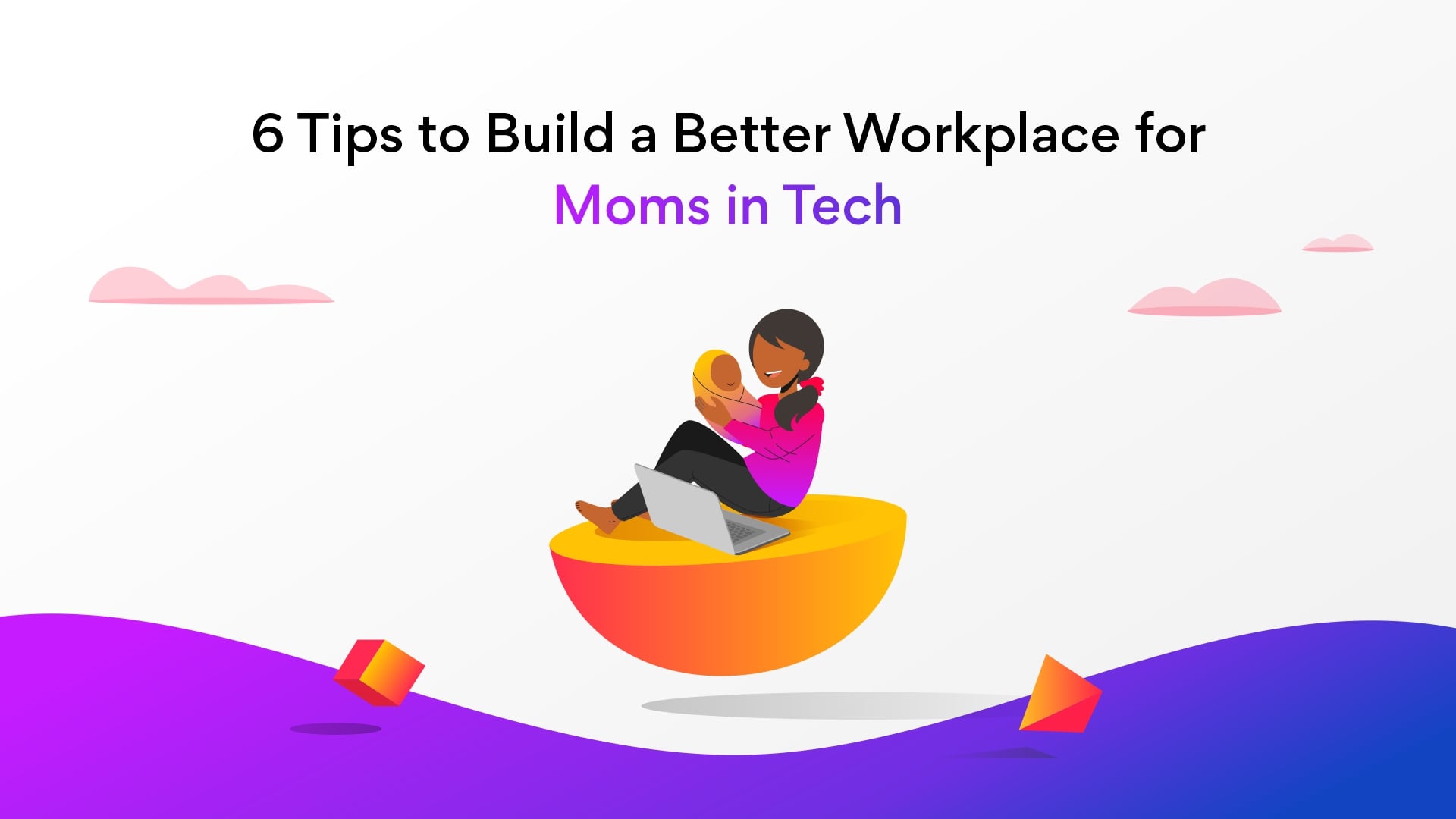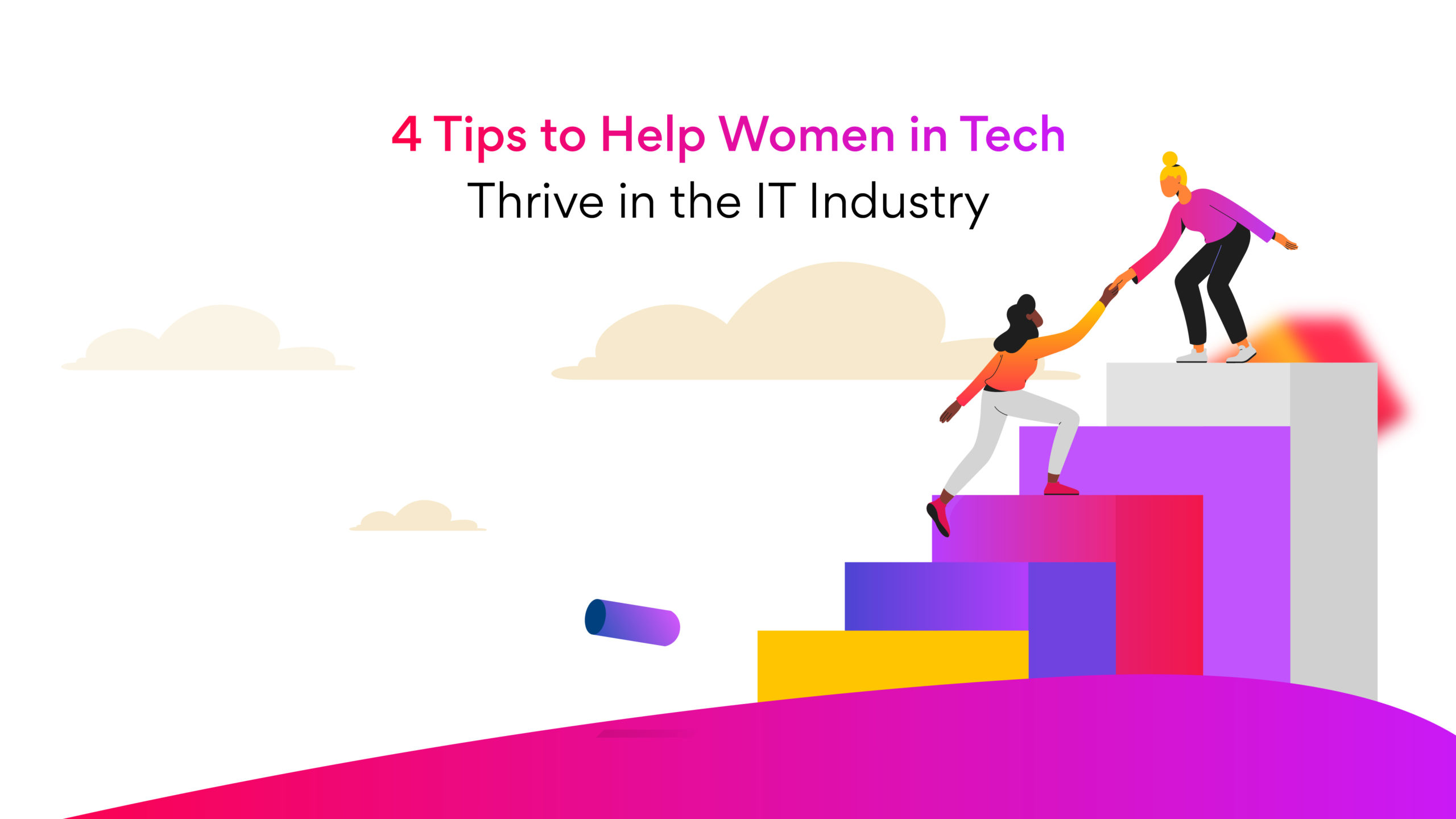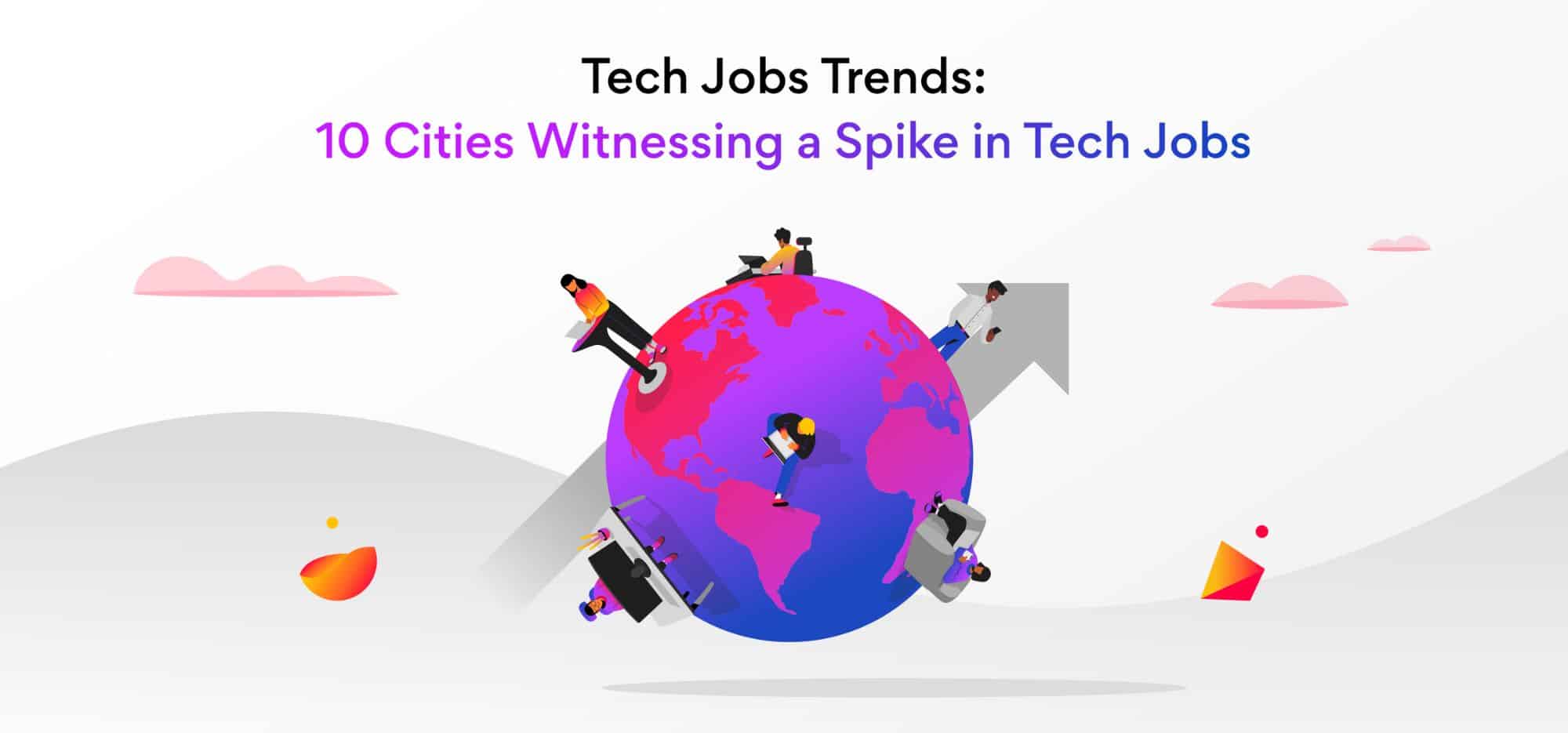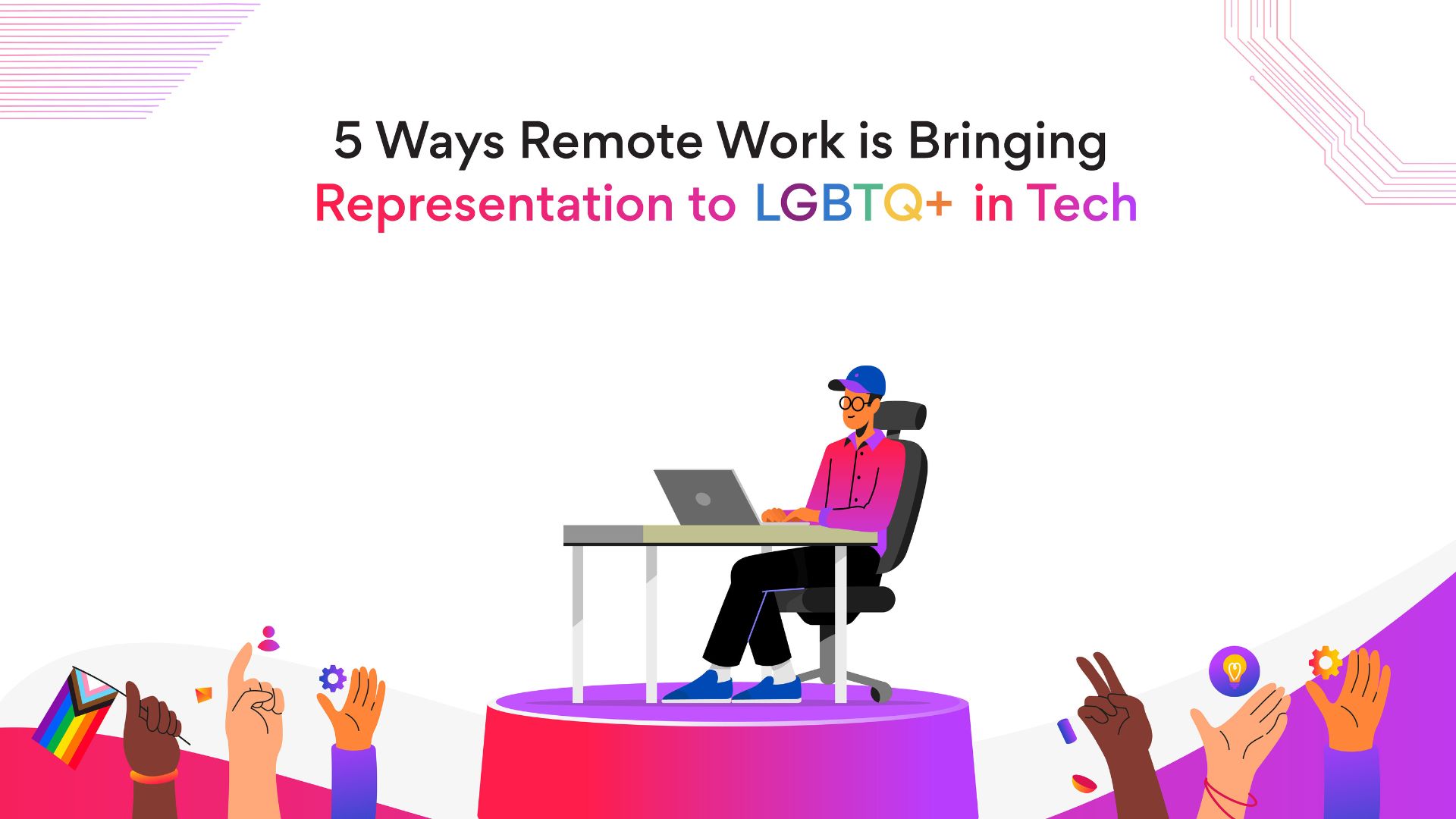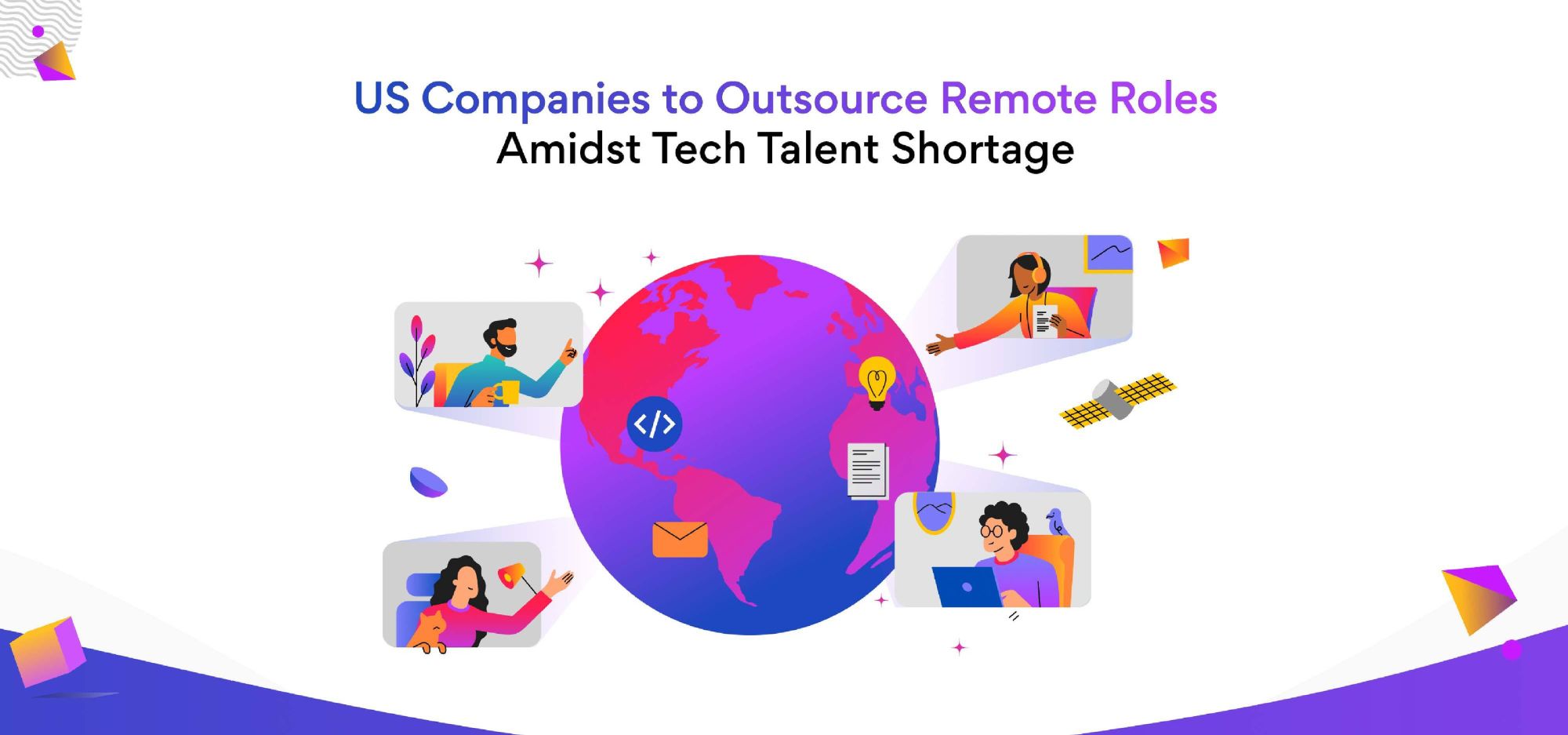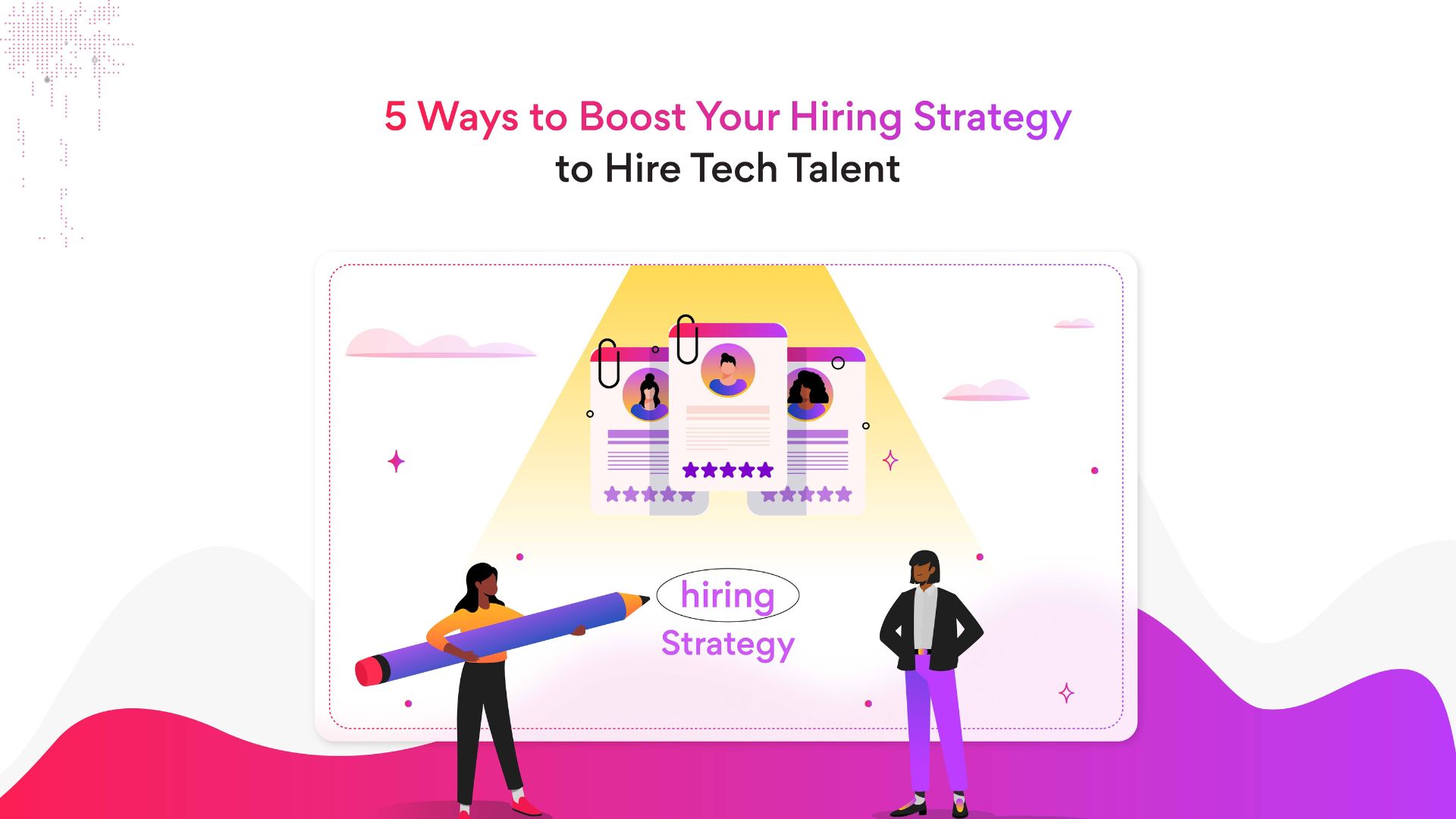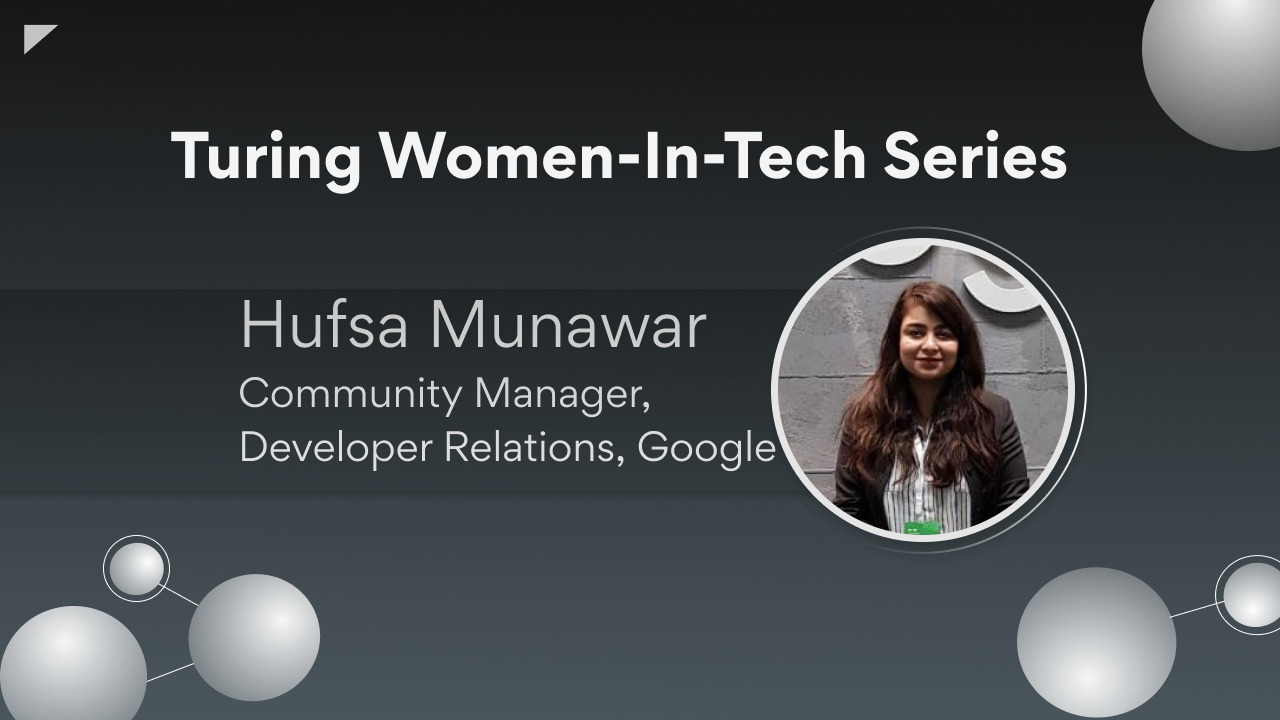Moms in Tech: 6 Tips to Build a Better Workplace for Tech Moms on Mother’s Day 2022
Who are moms in tech? How can companies hire tech moms? How can companies support moms in tech? What do moms really want for Mother’s Day 2022?
Looking for answers to these questions? Keep reading!
Introduction
The number of working mothers has increased over the years. According to the US Bureau of Labor Statistics, 71 percent of American moms had jobs in 2021, up from 47 percent in 1975. However, only 24 percent of women work in tech, and less than 17 percent are working mothers.
Though small in numbers, moms in tech hold high-powered professions, develop businesses, and manage homes while having children and juggling chores. So, if companies support more women, especially moms, they can build a diverse workforce that leads the company to new heights.
Still, 68 percent of company leaders say their workforce lacks diversity. And thus, companies need dedicated initiatives to support women in tech.
This Mother’s Day 2022, let’s give women what they deserve. Here are six steps hiring managers can take to empower women and moms in tech.
-
Understand the motherhood vs. career challenge
Becoming a mother marks a turning point in many women’s career. But unfortunately, data shows that motherhood can stifle a woman’s job advancement and earning potential. That’s why many millennials are delaying parenthood and focussing on their professions.
The wait is primarily due to financial considerations. However, many women also cite health concerns, and job aspirations, as reasons for the delay.
The average age at which women become mothers varies across countries. And this age is gradually rising globally. Maternal age has increased from 21 in 1972 to 26 in 2021 in the United States.
Hiring managers can support women in tech to pursue professions and motherhood simultaneously. Here are a few steps to do the same: -
- Offer specialized health insurance
- Extend support by organizing awareness programs
- Arrange emergency medical support
- Organize yoga and meditation sessions
-
Implement better return to work policies

Implement better return to work policies this Mother’s Day 2022 for all moms in tech
Moms in tech may require mentors or guides when they return to work post parental leave.
After a 12 to 16 weeks gap, they may not be able to take up tasks with the same intensity as before, and that’s completely understandable. Hence, assigning a mentor or guide with whom they can talk will help release their stress and bring them up to speed. Having mentors to look up to will allow tech moms to make informed decisions and help them succeed at work.
In addition, the 12 to 16 weeks gap that incurs wage disparity impacts women in the long term. The non-paid parental leave combined with delayed salary hikes and promotions can severely affect women’s mental and financial well-being.
Here are a few steps to support new moms:
- Offer paid parental leaves
- Consider their overall work output while offering promotions
- If not salary hike, provide routine financial rewards
- Provide interest-free financial credit
-
Offer flexible working hours and remote work
According to recent research, four out of five parents with children under 18 feel worn out. However, moms cater for 70 percent of childcare during working hours. In addition, moms spend more time with their unwell children and take more leaves than fathers for the same.
Juggling work and home commitments are challenging for many moms in tech. However, flexible work policies allow them to provide better output.
People, especially parents, are happier, healthier, and more productive when they control where and when they work. Although offices have their advantages, companies can adopt hybrid or fully remote work environments with flexible working hours to keep their employees happy, healthy, and productive.
Here are a few suggestions to include in the flexible-work policy for moms in tech: -
- For a completely remote work environment, set 50 percent standard office time and the rest 50 percent as flexible working hours.
- For a hybrid work environment, use a 3-2-2 work model. In a 3-2-2 work model, employees work three days in the office, two days remotely, and have two days off.
- Offer ‘half-day-Fridays’ to new parents.
- Ask reporting managers to arrange daily team meetings at a fixed time.
-
Remove bias from hiring
While many companies have implemented policies like flexible work arrangements and combined family leaves to make life easier for working moms, many mothers are hesitant to use them for fear of being exposed as mothers.
Data shows that job candidates who did not mention children were twice as likely to be called in for the interview. In addition, after having a child, more than 60 percent of working mothers face discrimination in the workplace. So, to make the workplace more inclusive and diverse, it is necessary to normalize motherhood.
Here are a few ways to remove bias from hiring moms in tech:
- Remove gender-related words from job descriptions and postings
- Introduce blind skills challenges in the recruitment process
- Form an interview panel with 50 percent males and the rest 50 percent female representatives
- Consider rehiring women who left due to family circumstances
-
Treat pressing issues on priority

Treat pressing issues on priority
Many companies avoid discussing women’s mental well-being after a miscarriage, abortion, depression, post-traumatic stress, pay gap disparity, workplace discrimination, etc.
Not just moms in tech, but everyone requires a helping hand when they are at their worst place.
You may not be the right person to discuss and find solutions to such dire issues; however, you can always empathize with your employees. In addition, you can ask team members to extend a helping hand to those struggling.
When working moms share their experiences in a community, they raise awareness and help other moms fight their battles. So, it’s essential to support such communities in internal company groups.
Related post: 4 Ways to Create the Best Workplace Culture for Women in Tech
-
Learn from others
Dropbox offers 24 paid weeks of parental week for birth or adoption and a ‘Transition Week’ to help new parents return to work. Dropbox also provides up to $10,000 in adoption expenses for up to two finalized adoptions.
Similar to Dropbox, many companies, such as Netflix and Google, provide customized benefits to support moms in tech. Use these examples as inspiration for writing your empowerment story for moms in tech.
Don’t look at American laws and companies alone.
For example, new parents in Sweden receive 16 months of extra paid leave until their child reaches the age of eight. Parents also get up to four months of paid leave to care for sick children under twelve. Similarly, Hungary offers an ‘infant care allowance’ to new parents. The allowance includes 70 percent of the average daily pay of the employee and healthcare services for the mother.
So, how can you start empowering moms in tech this Mother’s Day?
The first step towards empowering moms in tech starts with changing the mindset.
Many people still believe that high-level occupations demand a lot of time. And as mothers are committed to their children, husband, and home, they cannot put in the required hours at work. As a result, their careers take a hit.
This flawed mindset ignores the real problem.
The real problem is seeing all mothers from one perspective and placing them only in traditional roles. Now, women have progressed.
Turing has similar thoughts. This Mother’s Day, Turing envisions building a better tech space with a focus on gender equality. Turing wants to level the playing field for men and women and help them make the most of their potential. If you are looking for a diverse and skilled workforce to strengthen your engineering team, visit Turing.com. Companies can choose from the top 1% of 1.5 million+ developers from 150+ countries who have applied to Turing.
Tell us the skills you need and we'll find the best developer for you in days, not weeks.
